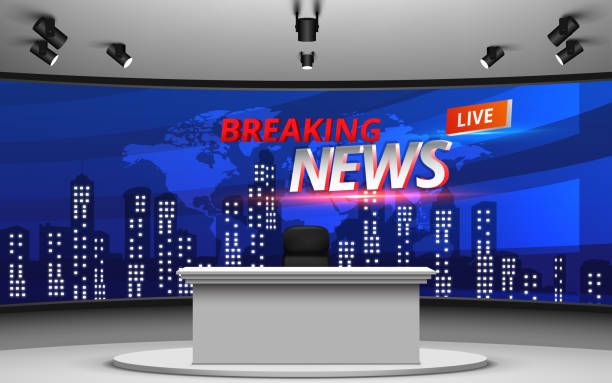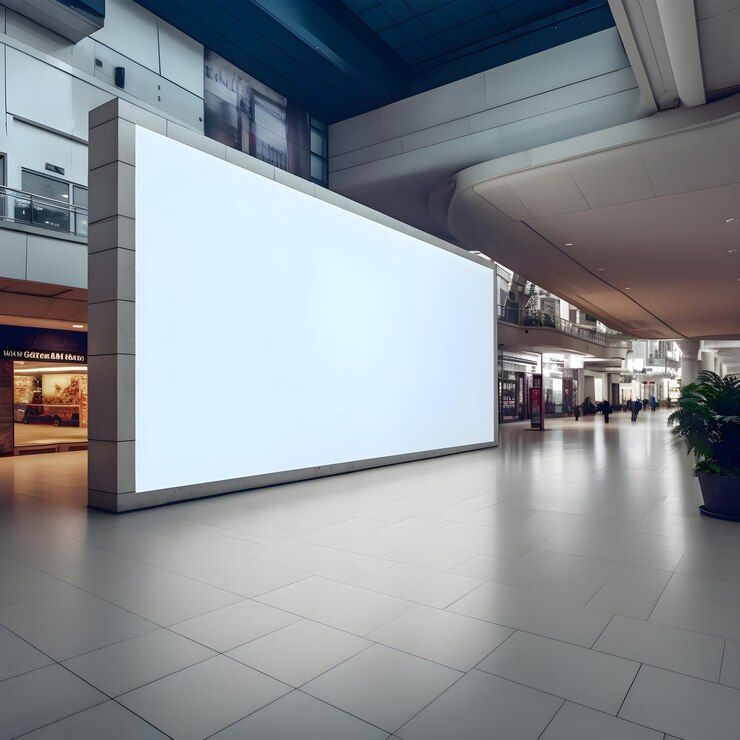
Get a Quote
Are LED Screens Glass?
When you look at an LED screen, you might wonder about its construction, particularly whether the display surface is made of glass. Understanding the materials used in LED screens helps us appreciate their durability, performance, and versatility. In this blog, we will explore the composition of LED screens, examining whether they are made of glass and what other materials are involved in their construction. We will also delve into the advantages and characteristics of LED displays.
Understanding LED Screens
LED screens, or LED displays, use light-emitting diodes (LEDs) to produce images. These displays are ubiquitous, found in everything from smartphones and televisions to billboards and stadium screens. The LED technology allows for bright, energy-efficient, and long-lasting displays, making them a popular choice for various applications.
Are LED Screens Made of Glass?
The simple answer is: not entirely. While glass is a component of many LED screens, it is not the primary material for the screen itself. Instead, LED screens are composed of several layers and materials that work together to create the final display.
Front Surface
The front surface of an LED screen can be made of various materials, including glass, acrylic, or polycarbonate.
- Glass: Some high-end LED screens, especially in smartphones, tablets, and televisions, use glass for the front surface. Glass offers excellent clarity and scratch resistance, enhancing the display's durability and visual appeal. It also provides a smooth, premium feel, which is desirable in consumer electronics.
- Acrylic: Acrylic is a lightweight, shatter-resistant alternative to glass. It is often used in LED screens where weight reduction and impact resistance are important. Acrylic screens are common in outdoor displays and digital signage, where durability against physical impact is crucial.
- Polycarbonate: Polycarbonate is another durable, impact-resistant material used in LED screens. It offers similar benefits to acrylic but is even more robust, making it suitable for environments with higher risk of damage.
LED Modules
The core of an LED screen is its LED modules. These modules contain the LED chips, which emit light to form the images and videos we see. The LED modules are mounted on printed circuit boards (PCBs), which provide structural support and electrical connections.
Diffusers and Light Guides
To ensure uniform light distribution and enhance the viewing experience, LED screens often incorporate diffusers and light guides. These components are typically made of plastic and help spread the light evenly across the screen, eliminating hotspots and improving brightness consistency.
Protective Layers
In addition to the front surface, LED screens may have multiple protective layers to shield the delicate components from environmental factors such as dust, moisture, and physical damage. These layers are usually made of durable plastics or composites designed to withstand harsh conditions.
Advantages of Using Glass in LED Screens
When glass is used in LED screens, it offers several benefits:
Clarity and Brightness
Glass provides exceptional clarity and allows maximum light transmission, ensuring that the LED screen's brightness and color accuracy are maintained. This results in vibrant, sharp images that enhance the viewing experience.
Scratch Resistance
Glass is highly resistant to scratches, which helps maintain the display's pristine appearance over time. This is particularly important for devices that are frequently handled, such as smartphones and tablets.
Aesthetic Appeal
The smooth, glossy finish of glass gives LED screens a premium look and feel. This aesthetic appeal is a significant factor in consumer electronics, where design and appearance play a crucial role in product selection.
Chemical Resistance
Glass is resistant to chemicals and solvents, making it easier to clean and maintain. This property is especially valuable in environments where screens may be exposed to various substances, such as industrial settings or public spaces.
Limitations of Using Glass in LED Screens
While glass offers many advantages, it also has some limitations:
Weight
Glass is heavier than alternative materials like acrylic or polycarbonate. This added weight can be a drawback in applications where portability and ease of installation are essential, such as large outdoor displays or portable devices.
Fragility
Despite its scratch resistance, glass can be fragile and prone to shattering upon impact. This fragility can be a concern in environments where the screen is at risk of being struck or dropped.
Cost
Glass is generally more expensive than plastics and other alternative materials. The higher cost can be a limiting factor in budget-sensitive projects or applications where cost efficiency is a priority.
Alternatives to Glass in LED Screens
Given the limitations of glass, manufacturers often opt for alternative materials in certain applications:
Acrylic
As mentioned earlier, acrylic is a popular alternative to glass. It is lightweight, shatter-resistant, and offers good clarity. Acrylic is often used in outdoor LED displays and signage where durability and impact resistance are essential.
Polycarbonate
Polycarbonate is even more robust than acrylic and provides excellent impact resistance. It is used in environments where the risk of physical damage is high, such as industrial settings, sports arenas, and public transportation hubs.
Laminated Glass
For applications requiring the benefits of glass but with added durability, laminated glass is an option. Laminated glass consists of multiple layers bonded together with an interlayer, enhancing its strength and shatter resistance. This makes it suitable for high-end displays that require both the premium feel of glass and added protection.
Applications of LED Screens with Various Materials
The choice of materials for LED screens depends on the specific application and requirements:
Consumer Electronics
In consumer electronics like smartphones, tablets, and televisions, glass is commonly used for its clarity, aesthetic appeal, and scratch resistance. The premium feel of glass enhances the user experience and adds value to the product.
Outdoor Displays
Outdoor LED displays and digital signage often use acrylic or polycarbonate for the front surface. These materials provide the necessary durability and impact resistance to withstand harsh outdoor conditions while being lightweight and easy to install.
Public Spaces
In public spaces, such as transportation hubs, stadiums, and shopping malls, polycarbonate is a preferred material due to its high impact resistance and durability. The screens in these environments need to withstand frequent use and potential physical damage.
Industrial Settings
In industrial settings, where screens are exposed to dust, moisture, and potential chemical exposure, durable materials like polycarbonate or laminated glass are used. These materials offer the necessary protection and longevity to ensure reliable performance in challenging environments.
Conclusion
In conclusion, while glass is a component of many LED screens, it is not the sole material used in their construction. The choice of materials for LED displays depends on various factors, including the specific application, required durability, and cost considerations. Glass offers excellent clarity and scratch resistance, making it ideal for consumer electronics and high-end displays. However, alternative materials like acrylic and polycarbonate provide added durability and impact resistance for outdoor, industrial, and public space applications.
At EACHINLED, we understand the importance of selecting the right materials for different LED screen applications. Our extensive range of LED displays is designed to meet diverse needs, ensuring exceptional performance, durability, and visual appeal. Whether you require a high-resolution indoor display or a robust outdoor screen, EACHINLED has the perfect solution for you. Discover our innovative LED display solutions and see how we can help illuminate your world with vibrant, dynamic visuals.


